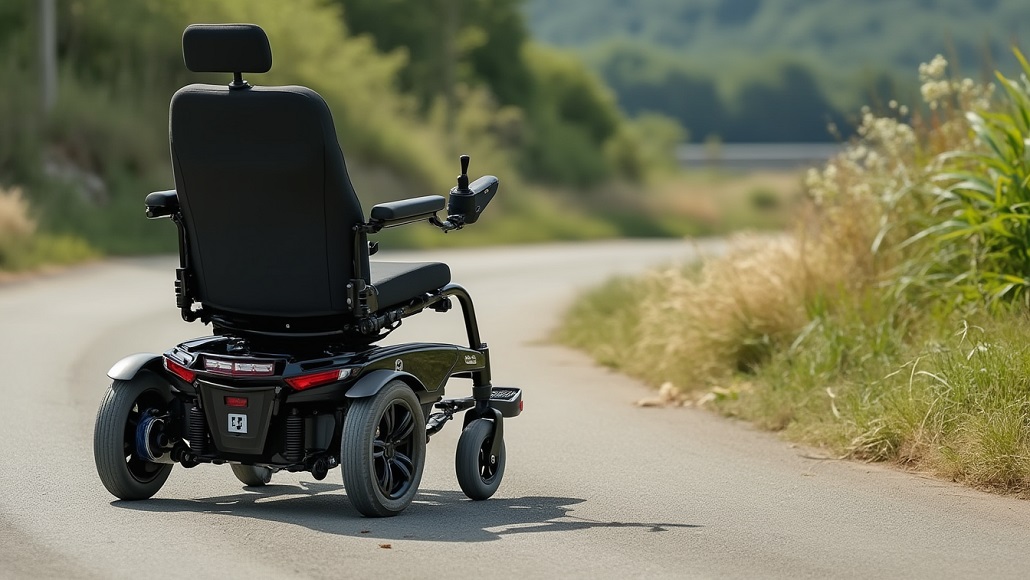When purchasing a powerchair there are certain considerations that you must put in place before making your purchase. The issue of performance is one of these. Electrically powered wheelchairs can reach a 50–60-kilometre operating range when using the provided battery. Class C wheelchairs, which are predominantly intended for outdoor use, and which are supposed to have an operating range of 35km, have been proven to find this distance is a bridge too far, under testing.
In tests powerchairs are expected to travel 1000m on a test track before they are put up for delivery and sale. On this track, a kwh meter is used to measure how many kwh are used when the device is being driven around this test track. A formula is in place to work out if the type of chair being driven, meets the requirements put in place, for this specific electric chair during the test being carried out.
If a manufacturer claims that a powerchair can climb a specific slope, it must do this at a speed of 2m/s. Therefore, it must have a specific electrical power capacity to meet this speed. For safety reasons, some chairs may not reach this capability because the power becomes limited in certain situations. You will also need to specify the total mass of the chair, since this can be different to the conditions when the test took place.
Mechanical reliability is also an important issue for both manufacturers and customers. The wheel axle or wheel suspension are potential weak points, possibly fractures or even breaking in two under duress. A rolling dynamometer test or a drop test are used to ascertain whether this is a liability.
The armrest is another feature of the powerchair which undergoes rigorous testing. When climbing in and out of a chair, considerable pressure is placed on the armrest. Look out for weaker materials such as aluminium, as well as other potentially less robust construction points, such as holes in the tubes to facilitate adjustment of the armrest. This can bring about buckling of the armrest after continual pressure. Footrests have proved to be less likely to suffer this outcome under testing. So too is the front of the chair, suffering fewer mechanical problems under testing.
When undertaking the slope test, mentioned earlier, it has been known for the castors to come away from the surface of the chair, which can result in the chair tipping over. This outcome can be prevented by attaching two small wheels to the rear of the chair. These act an anti-tip feature and help the chair pass the test. When assessing the braking system in a chair, it is important for the user to be able to reach the controls.
Ensuring Safety is always Paramount
Electrical safety is occasionally a problem, and most commonly occur due to a loose cable or incorrect insulation of electrical components. Components are routinely bought from third parties. These parts have undergone stringent safety and EMC testing before assembly. Sharp edges should be smoothed over, be they metal, plastic or wood.
Controls must be within the reach of the user. Test your electrical features after long distance transportation, particularly in extreme weather conditions. Human error is possible in the use of powerchairs. Poor steering or manoeuvring are areas of potential hazard and should be avoided, by being aware of all the instruction when purchasing your device, owner’s manual and good awareness of the situations around you.


















